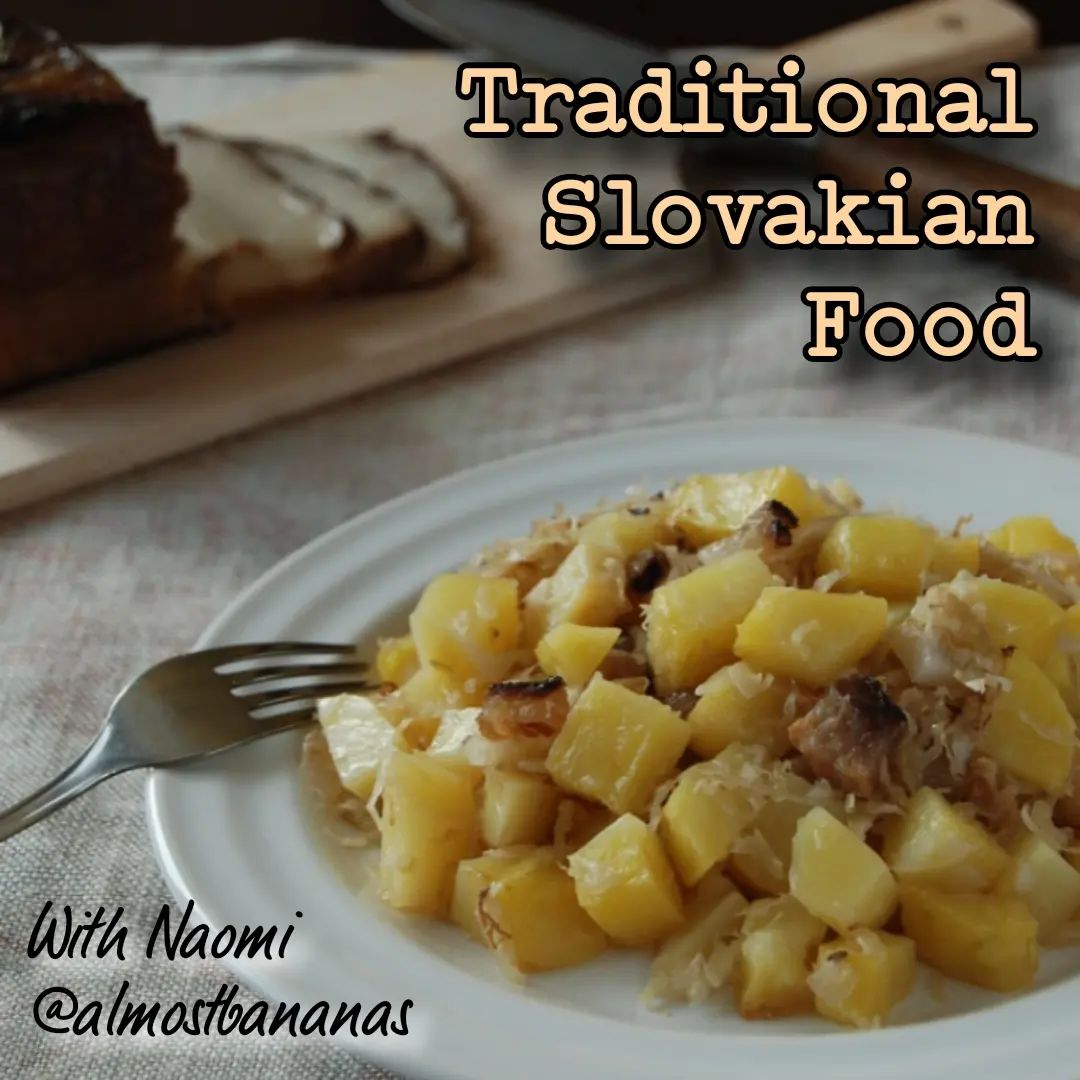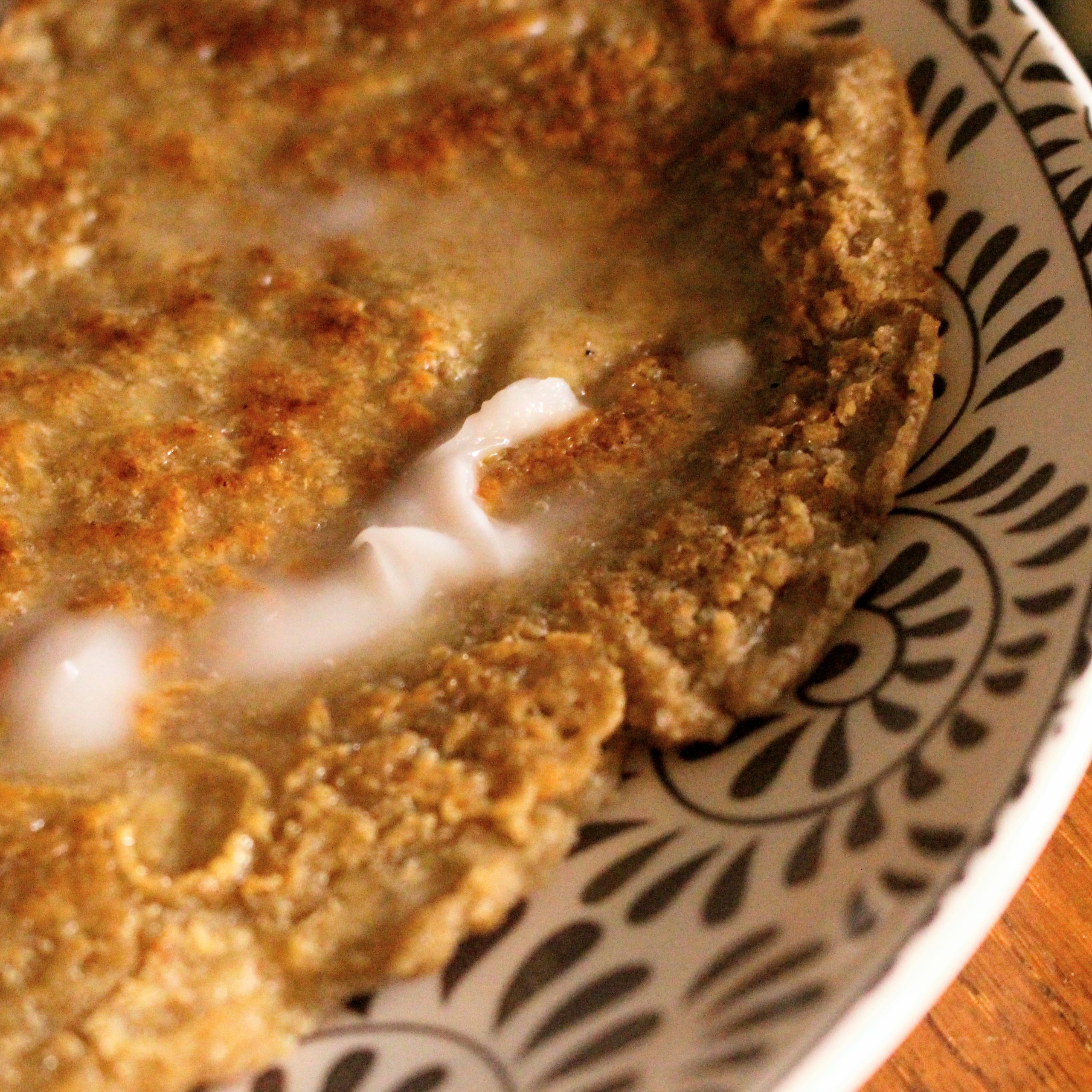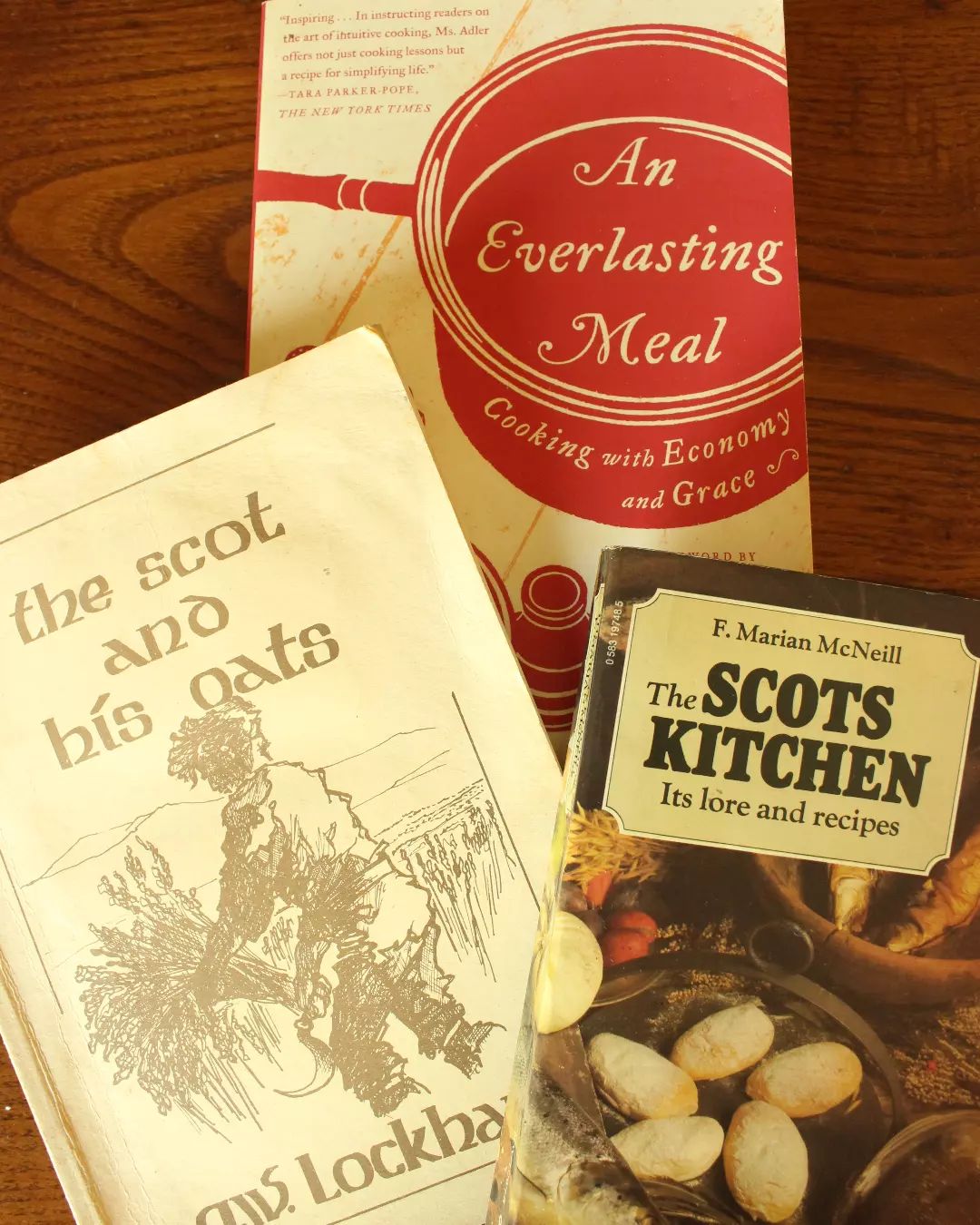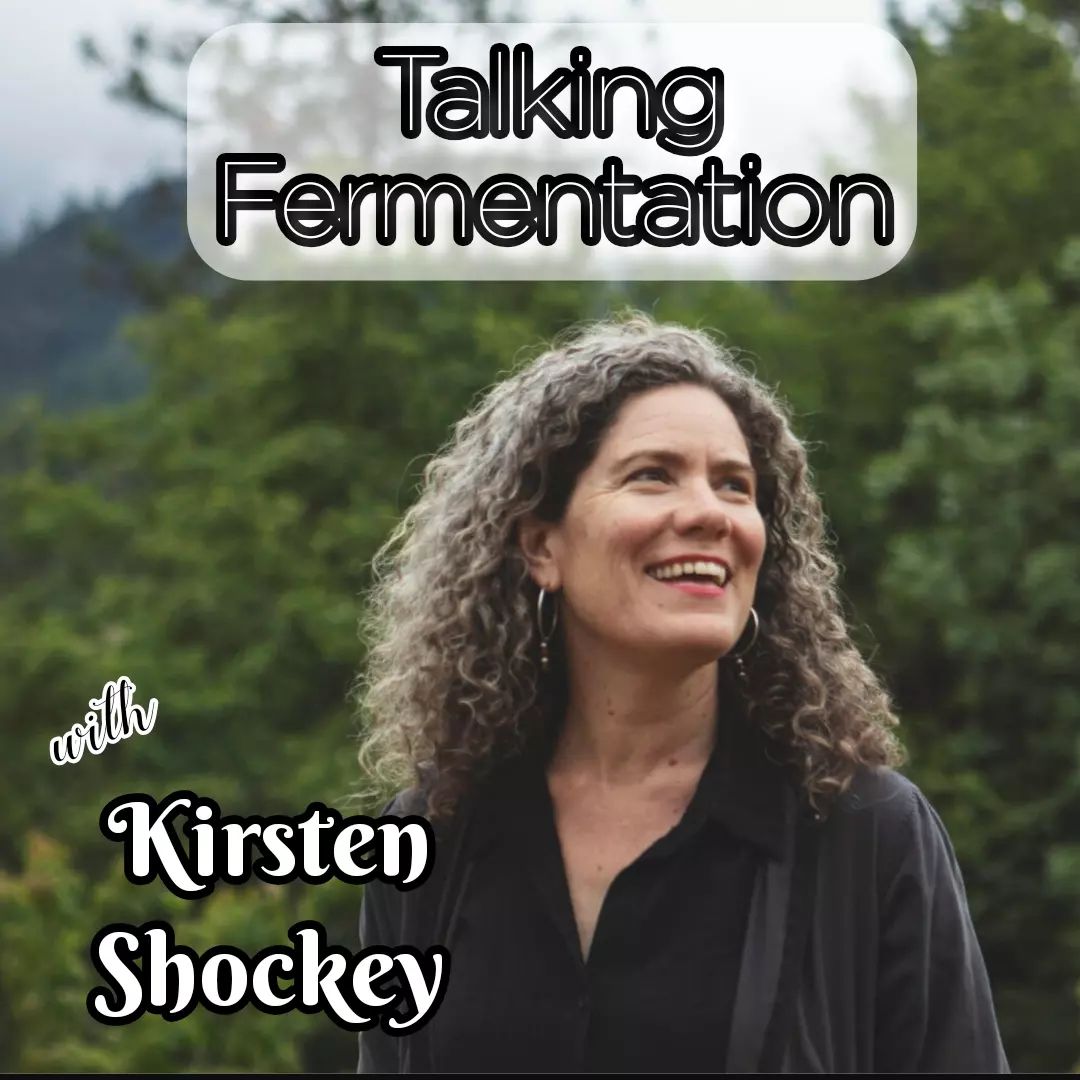Sourdough oatcakes. . In researching Scottish oats (for a forthcoming article in the Weston Price journal) I was surprised to learn that the Scottish did not pre-soak or ferment the oats that they used for their staple ‘bread’ – oatcakes. . In my kitchen, anything that stands still for too long gets fermented, especially grains! So despite loving the standard Scottish oatcake, I really wanted to have a go at creating a fermented, sourdough version. . Here is the result. It’s got all the creaminess of oats, and fresh from the pan it’s crunchy. But the sour tang of the ferment makes it almost cheesy too! Warm, with salted butter, these have become a go-to breakfast the last few weeks! . The recipe will go out in my newsletter tomorrow. If you’re not on my list and you want to get it, go to ancestralkitchen.com/newsletter (link in my profile).

Sourdough oatcakes.
.
In researching Scottish oats (for a forthcoming article in the Weston Price journal) I was surprised to learn that the Scottish did not pre-soak or ferment the oats that they used for their staple ‘bread’ – oatcakes.
.
In my kitchen, anything that stands still for too long gets fermented, especially grains! So despite loving the standard Scottish oatcake, I really wanted to have a go at creating a fermented, sourdough version.
.
Here is the result. It’s got all the creaminess of oats, and fresh from the pan it’s crunchy. But the sour tang of the ferment makes it almost cheesy too! Warm, with salted butter, these have become a go-to breakfast the last few weeks!
.
The recipe will go out in my newsletter tomorrow. If you’re not on my list and you want to get it, go to ancestralkitchen.com/newsletter (link in my profile).








